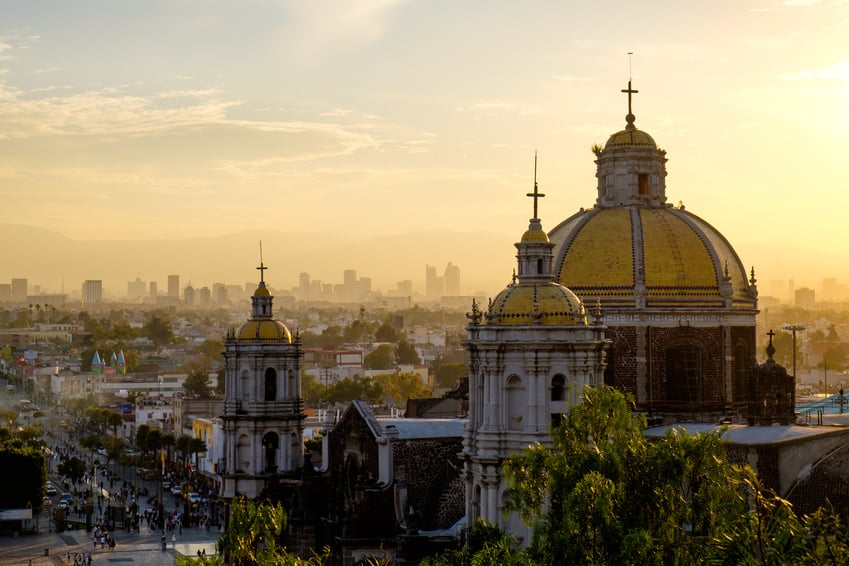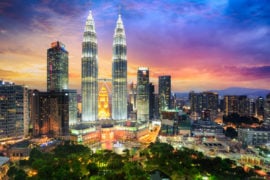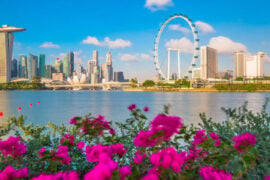In brief
On 11 March 2022, the Ministry of Environment and Natural Resources published in the Official Federal Gazette Mexican Official Standard NOM-001-SEMARNAT-2021 (“NOM-001/21“) that establishes maximum allowable pollutant limits for wastewater discharges into national receptive bodies.
NOM-001/21 will become effective on 11 March 2023, even though certain parameters contained in the standard will become effective in April 2023 and at the fourth anniversary of its entry into force (such as true color and acute toxicity). Upon becoming effective, it will replace NOM-001-SEMARNAT-1996 (“NOM-001/96“).
NOM-001/21 will have to be complied with by whoever discharges wastewater into a national receptive body, but not in the case of discharges into municipal rainwater collection or sewage systems because these discharges will continue to be regulated by NOM-002-SEMARNAT-1996.
What are the changes under NOM-001/21?
- NOM-001/96 establishes parameters for activities in rivers, natural and artificial reservoirs and coastal waters. These will be eliminated by NOM-001/21 and replaced by parameters for activities in (i) rivers, streams, canals and drains, (ii) reservoirs, lakes and lagoons and (iii) Mexican marine zones.
- In the case of discharges into soils, NOM-001/96 establishes parameters for agricultural use as well as for natural wetlands. These will be eliminated by NOM-001/21 and replaced by parameters for (i) irrigation of green areas (ii) infiltration and other irrigations and (iii) karst soils that are very permeable, such as those in the Yucatán peninsula.
- With regard to maximum allowable limits (ML) and parameters, these are the relevant changes (relative to NOM-001/96):
- An “instant value” (IV) is introduced to be included in the monthly average (MA) and daily average (DA).
- The ML for temperature is reduced from 40°C to 35°C.
- MLs for grease and oil will be (in milligrams per liter) 15 (MA), 18 (DA) and 21 (IV) (in NOM-001/96 these are 15 (MA) and 25 (DA)).
- Escherichia coli and fecal enterococci parameters are introduced.
- “Acute toxicity” is introduced, with its ML being 2, measured in toxicity units at 15 minutes of exposure.
- The new ML for pH is 6.9 units (in NOM-001/96 it is between 5 and 10 units).
- With regard to heavy metals, MLs are very similar to those of NOM-001/96 but with new IV.
- The concept of true color is introduced in order to prevent adverse effects to light transmission and, therefore, to essential life processes in water.
- The party responsible for a discharge will be exempt from carrying out an analysis of one or two parameters established in NOM-001/21 if it is able to show to the National Water Commission (CONAGUA) that because of the characteristics of the productive process or the use of water, it does not generate the pollutants to be exempted.
The exemption will be valid for three years, as long as a generator does not change its processes, supplies, technologies, or if there is an increase in the discharge’s volume, in which case it must notify CONAGUA to have the exemption reviewed.
More information
Please do not hesitate to contact us if you would like support in any matter associated with this publication, as well as with any other matter.



